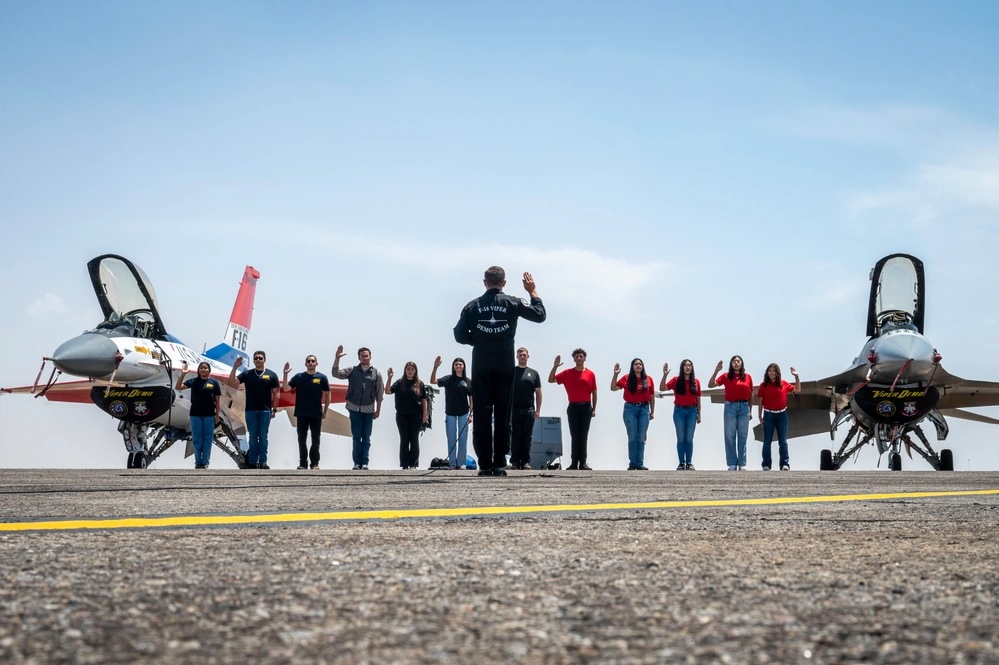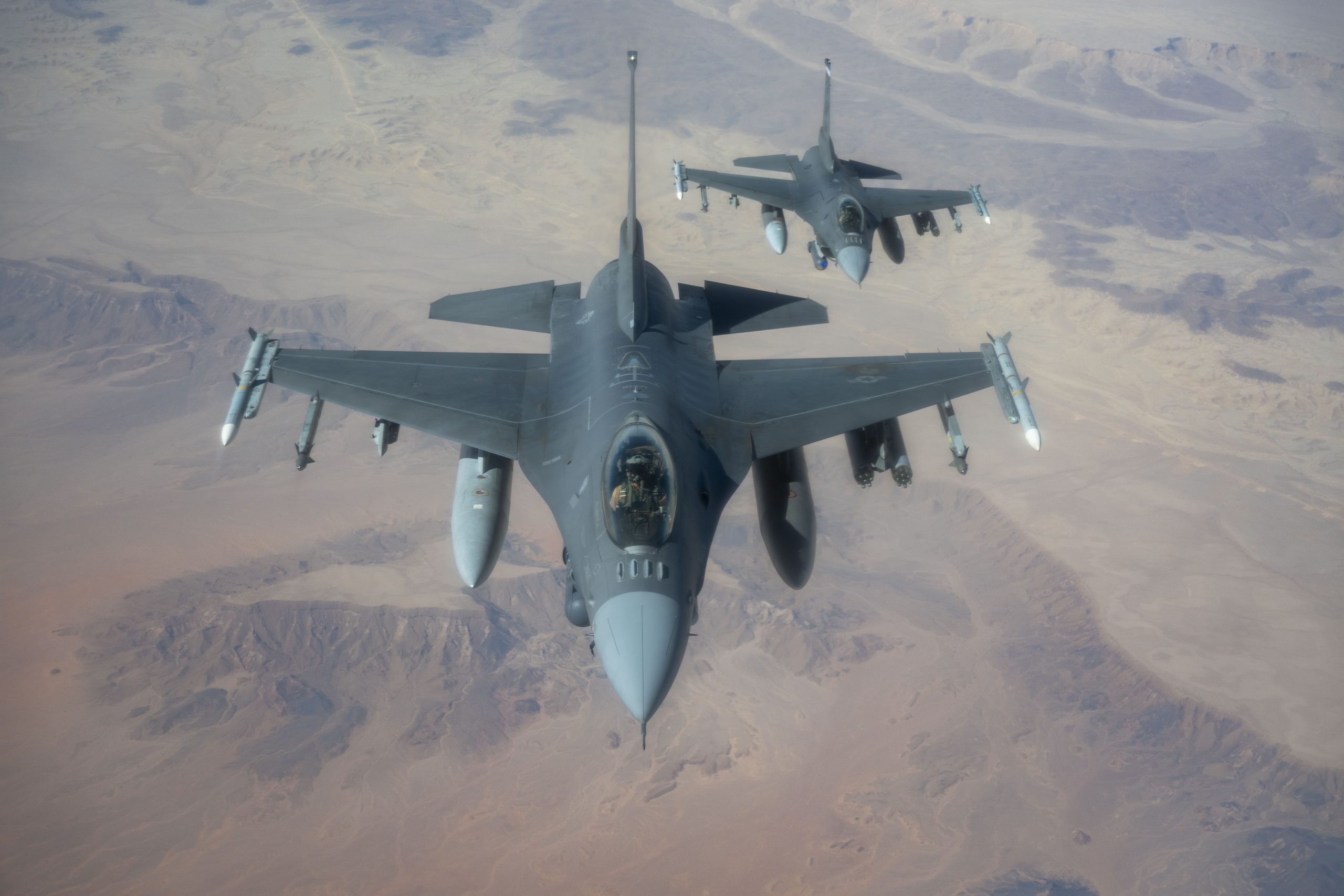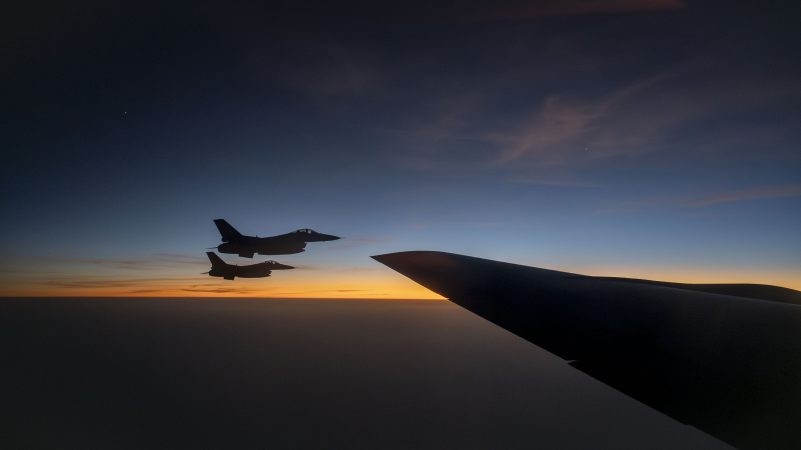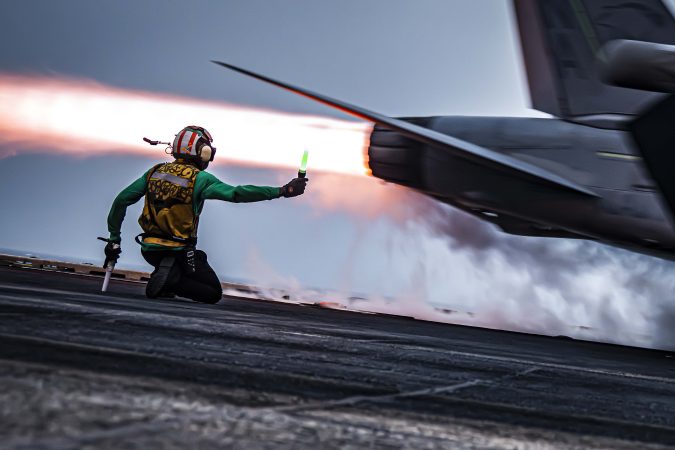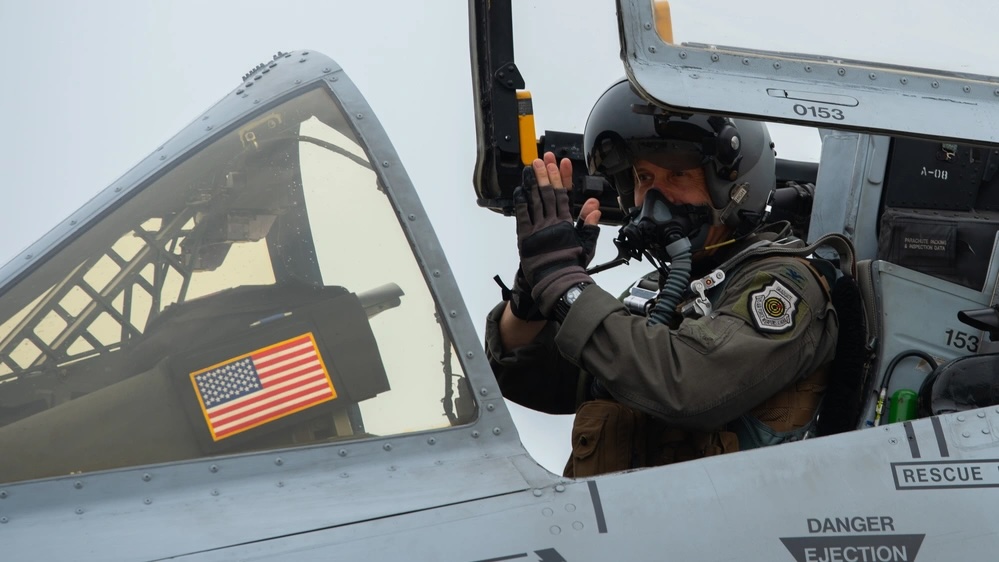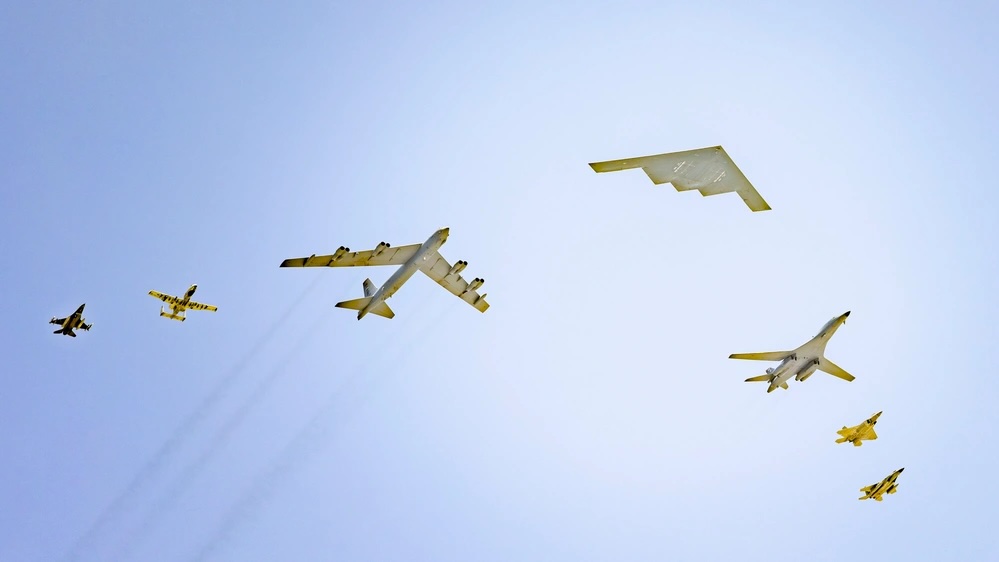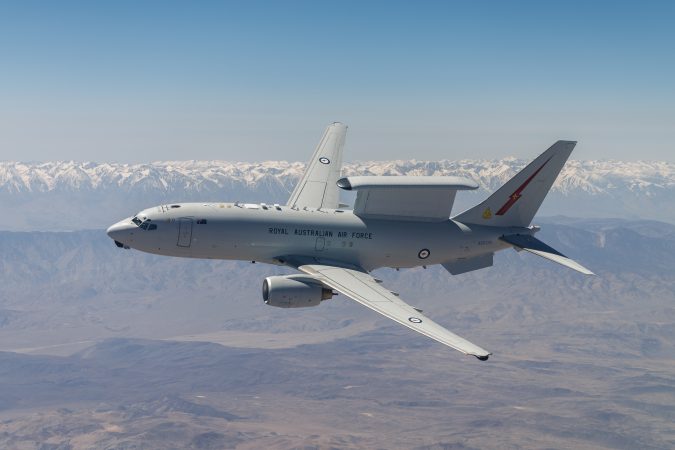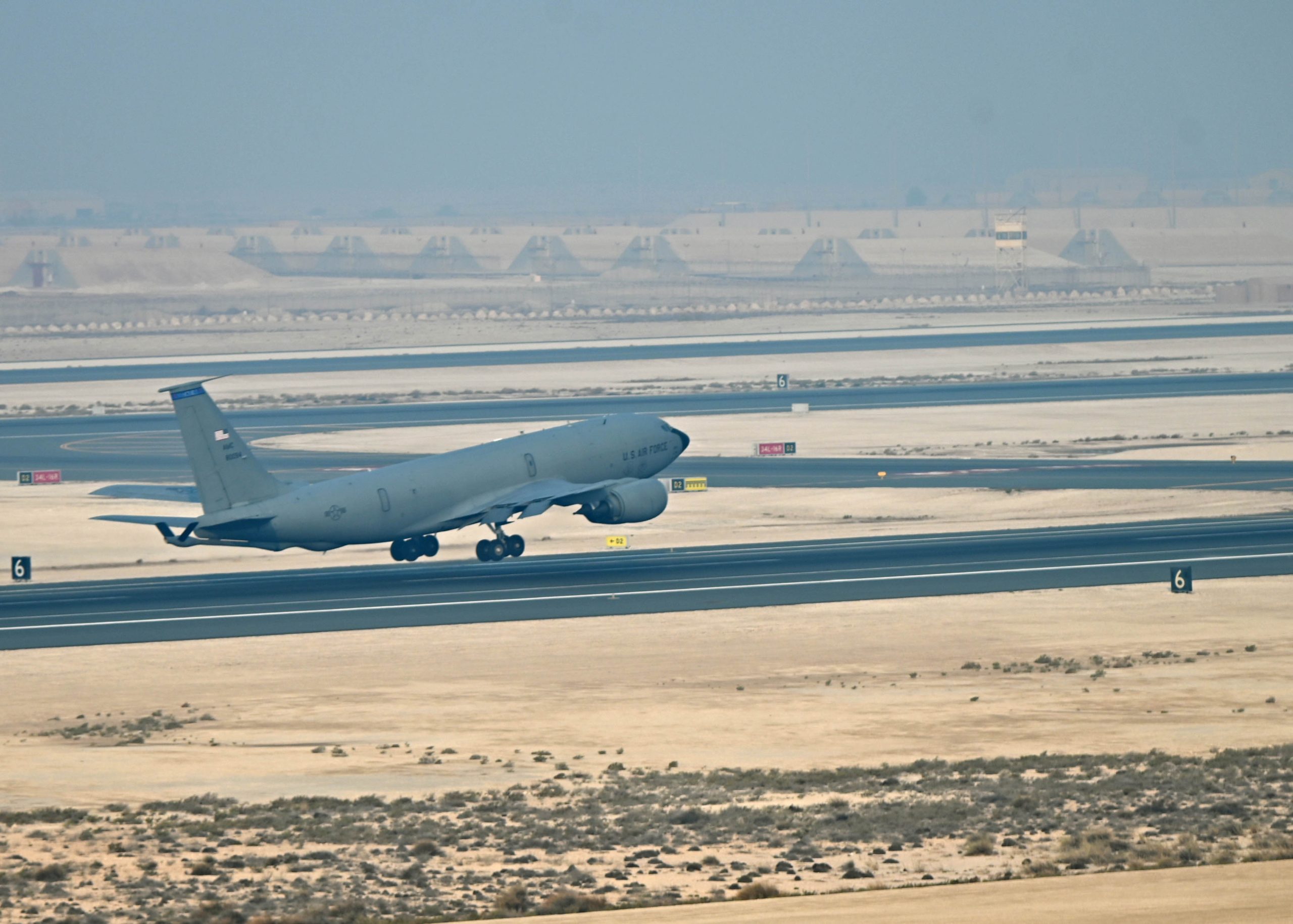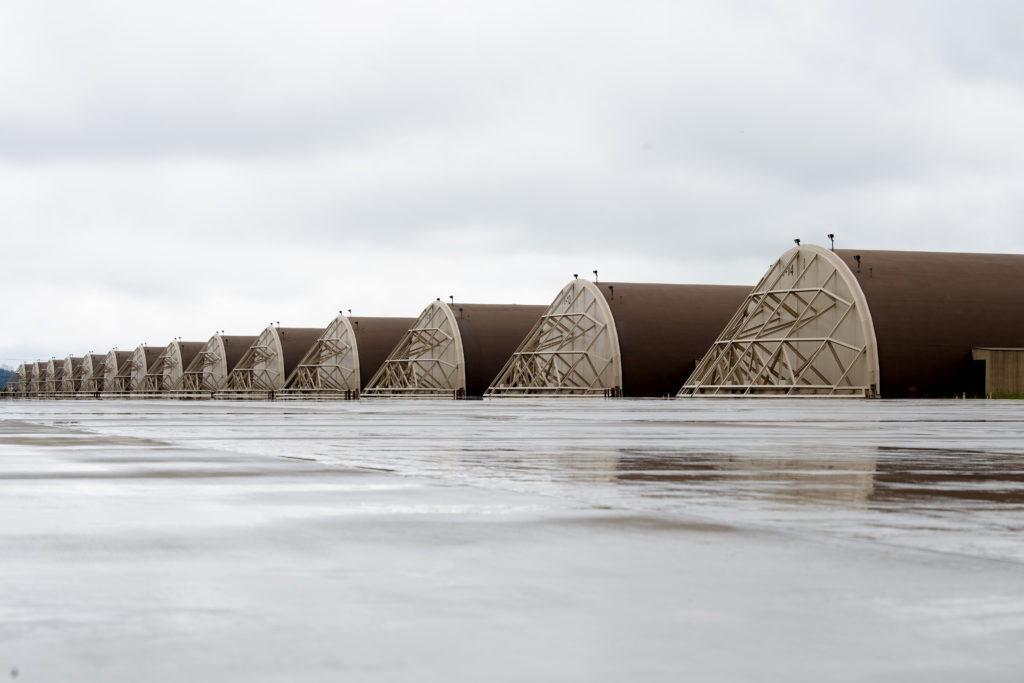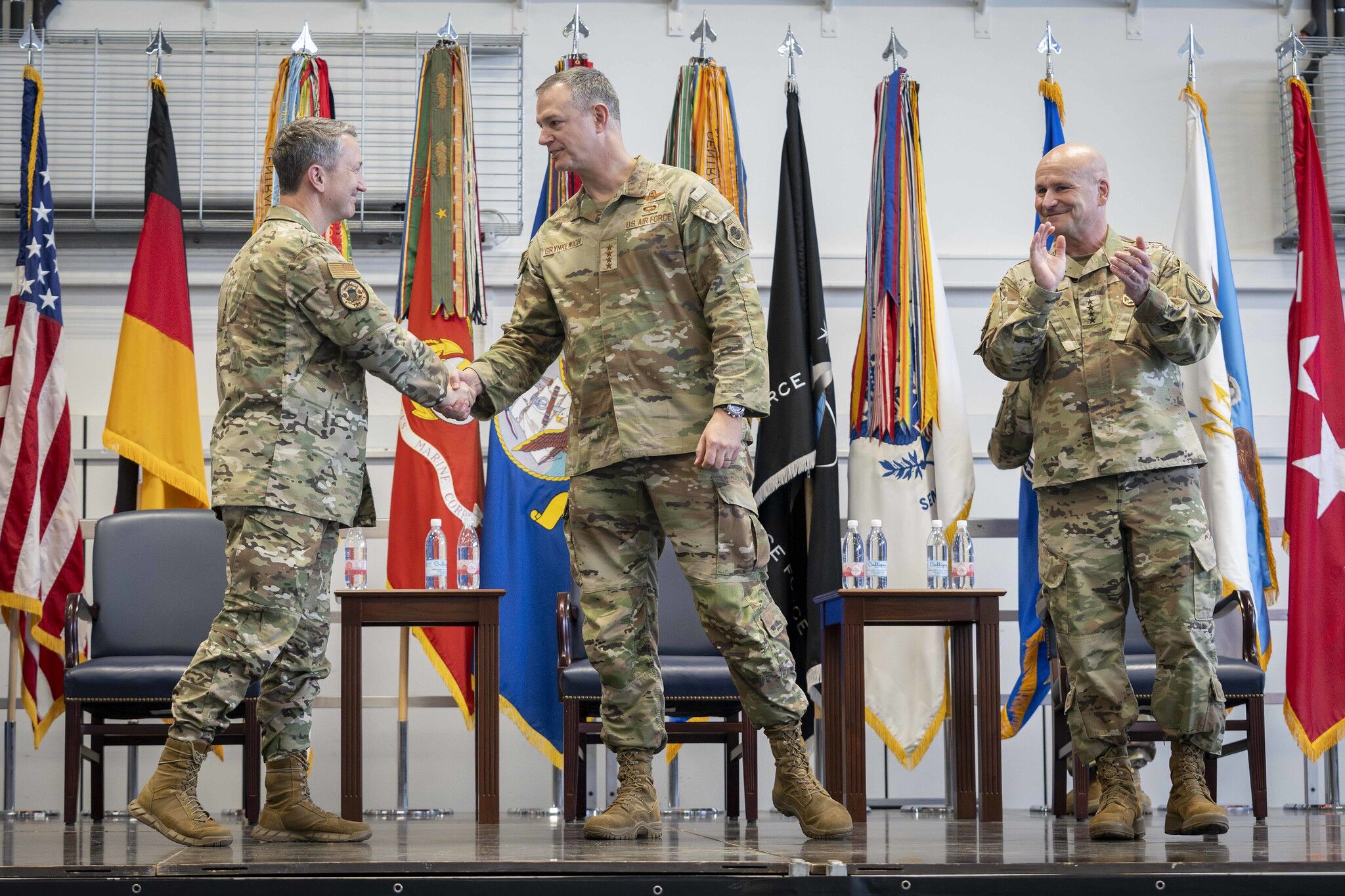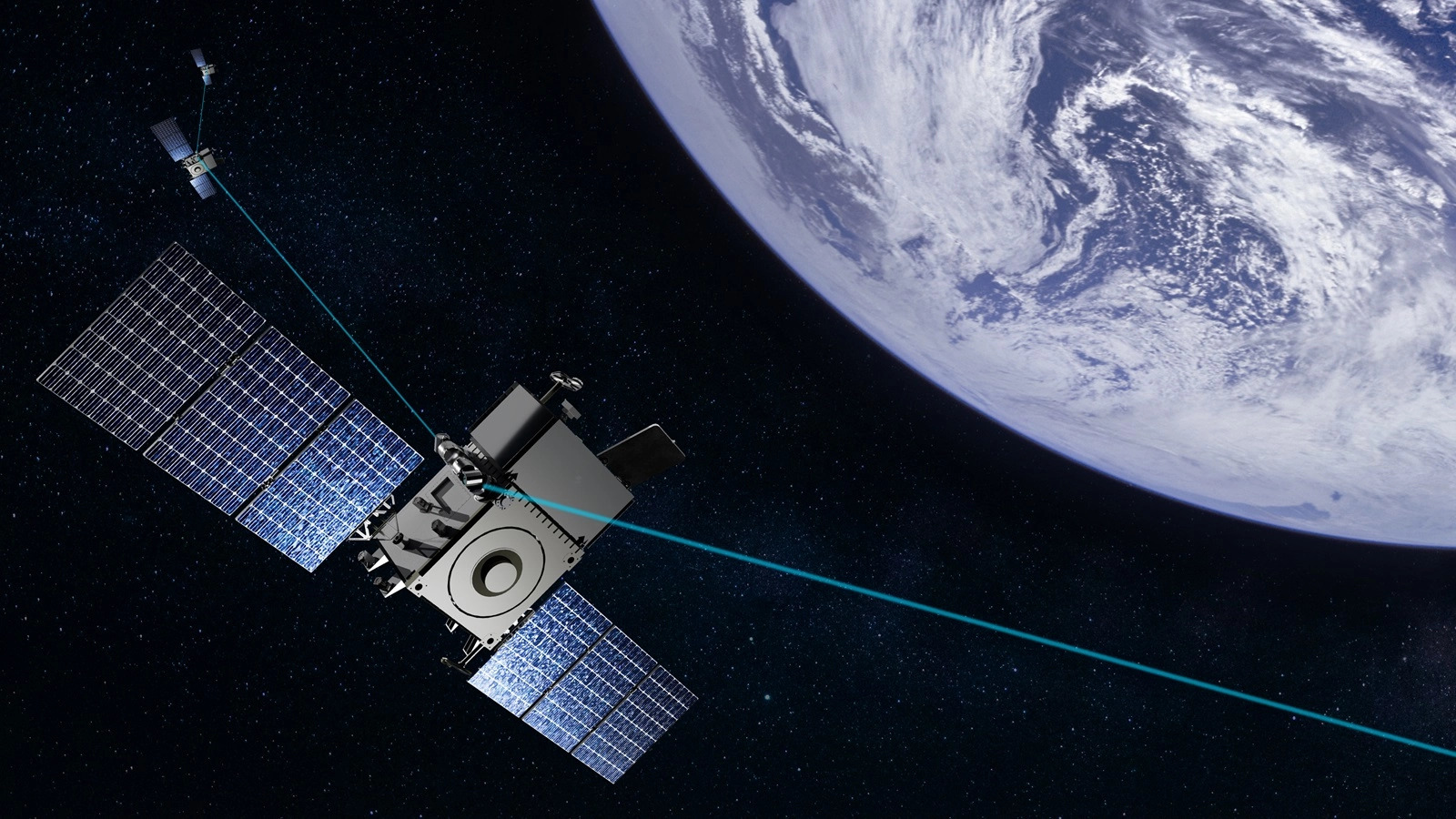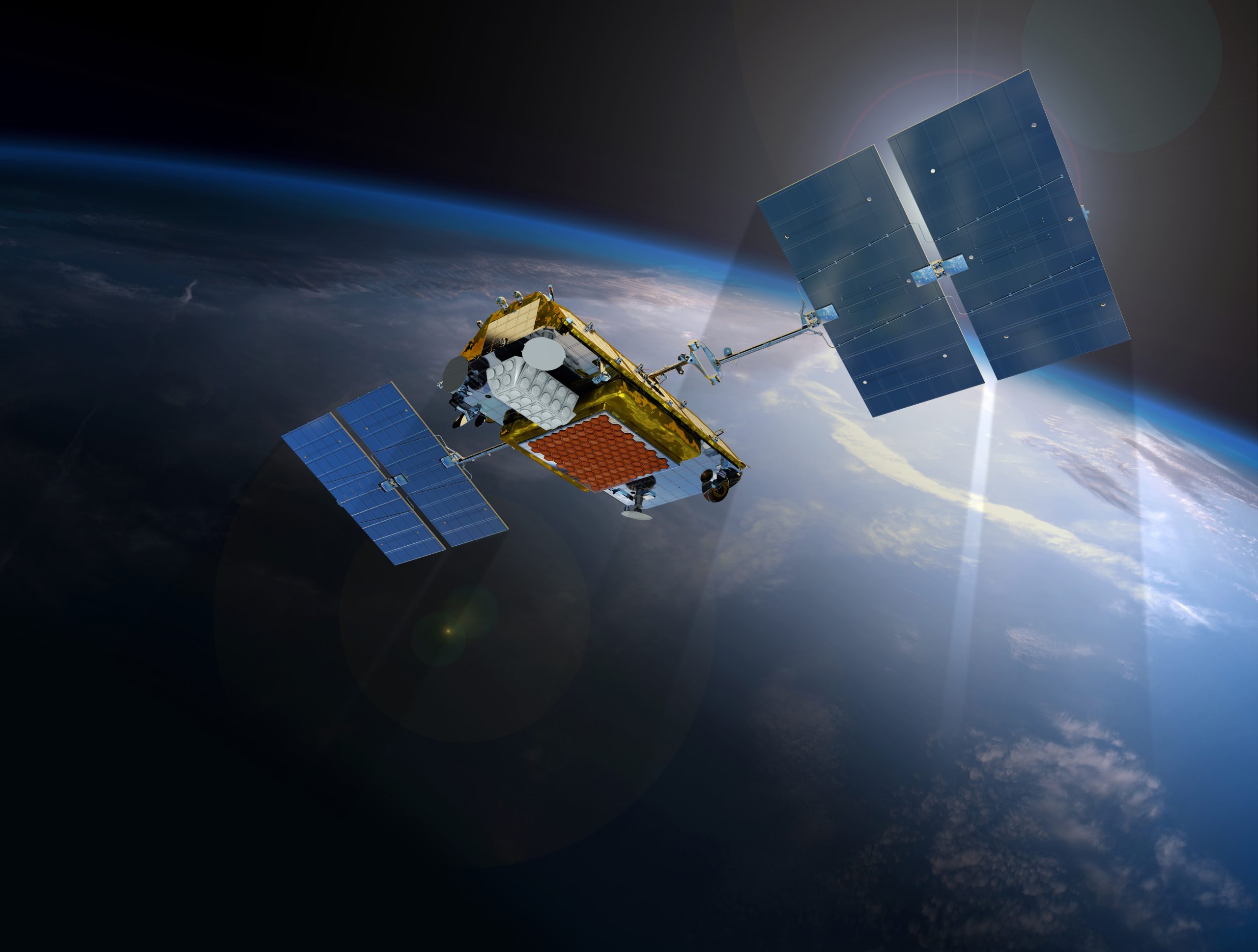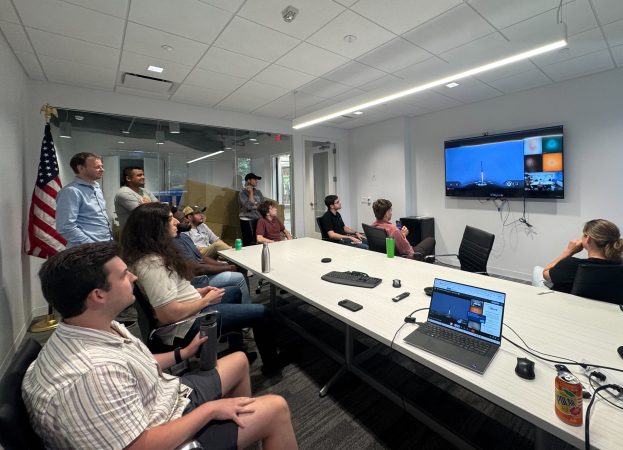The Air Force is requesting about $141 million for initial enlistment bonuses in its fiscal 2026 budget, triple the amount of the fiscal 2025 spending estimate of $46.6 million. The Space Force also wants to roughly triple its initial enlistment bonuses from $4 million in fiscal 2025 to $13 million in fiscal 2026.
Initial enlistment bonuses as large as $75,000 help bring recruits into “the hardest to fill skills” such as special warfare, explosive ordnance disposal (EOD), cybersecurity, missile and space systems, security forces, and cryptologic language analysis, according to budget documents.
The number of career fields and associated bonuses amount vary year to year, but the services said this year’s increase is “due to larger number of members receiving initial bonuses.”
Indeed, the Air Force expects to award bonuses to 25,140 people in fiscal 2026, about 10 times the fiscal 2025 estimate of about 4,500, which itself was a small increase over the 4,333 people who received bonuses in fiscal 2024.
Most of the new recipients would receive relatively small bonuses, with 19,579 recruits taking $2,500 each. But 400 would receive a $50,000 bonus, 287 would receive a $65,000 bonus, and 207 would receive the maximum $75,000 bonus. Each of those top three bonuses went un-awarded in 2024 and 2025.
Enlisted Airmen and Guardians don’t begin to receive their initial enlistment bonuses until after they complete training for that job specialty. Training can take upwards of two years in career fields such as special warfare and cryptology. That means some of the Airmen and Guardians expected to receive bonuses in fiscal 2026 may have enlisted years earlier.
On the Space Force side, 100 Guardians are expected receive $40,000 each in fiscal 2025, which accounts for the entire $4 million IEB budget. But in fiscal 2026, 450 others will receive $20,000 each, adding another $9 million to the budget.
The budget documents do not list the size of the enlistment bonuses going to each career field. In the past, the Air Force promised $10,000 for a range of skills including avionics maintenance, missile and space systems maintenance, aerospace ground equipment, and cyber warfare. Air Force recruitment websites offer up to $60,000 for EOD and $50,000 for special warfare.
Airmen and Guardians in those fields could stand to make even more money once in uniform, as the services typically offer selective retention bonuses in high-demand career fields. Last year the Air Force upped the maximum allowable reenlistment bonus to $180,000, with a career cap set at $360,000, though this year the service ran out of money to cover new applicants.
The Air Force enlisted Selective Retention Bonus program is poised to grow a little in fiscal 2026, with an extra $4.4 million. The Space Force SRB is due to grow by $6.8 million.
